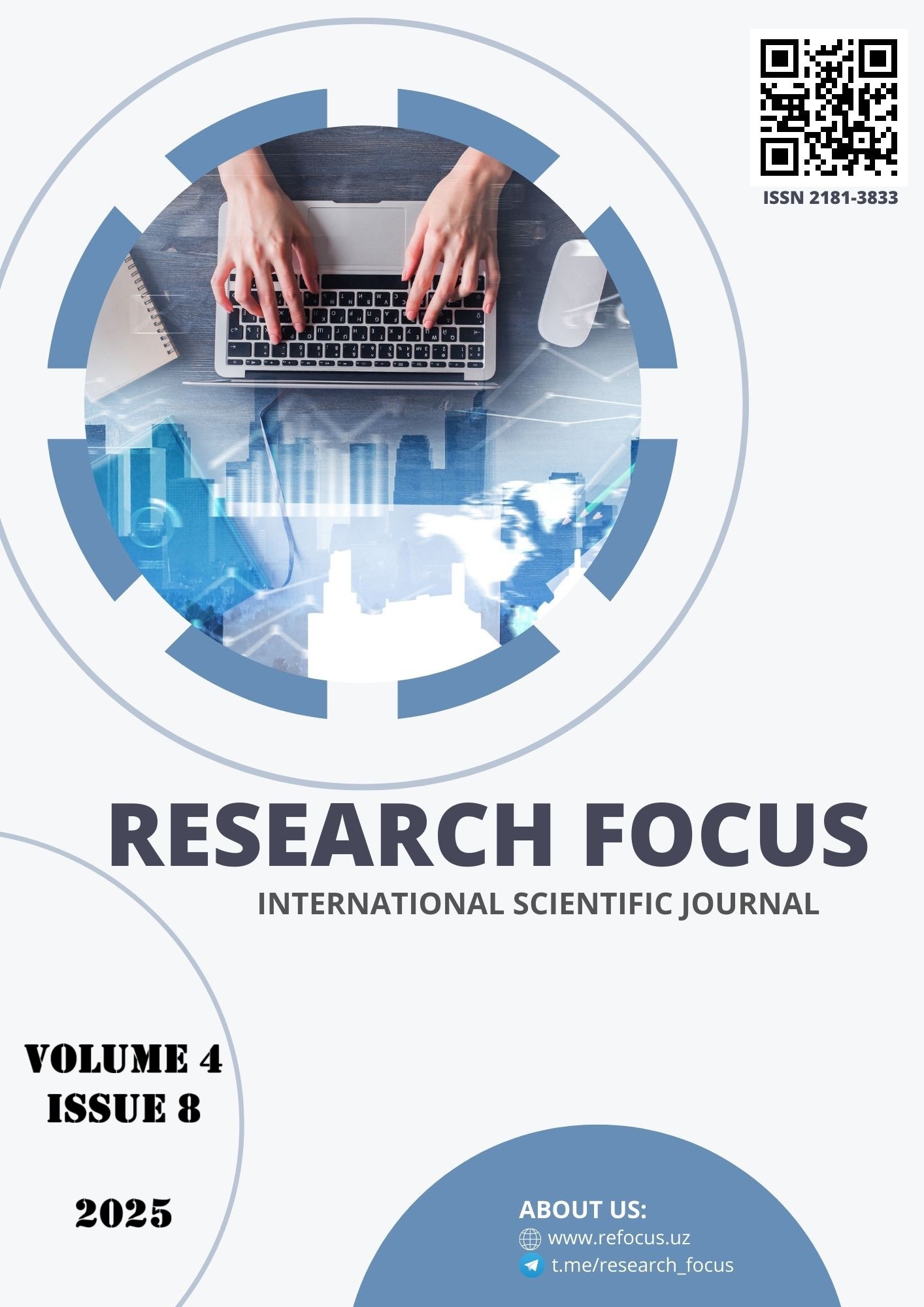БИОТЕХНОЛОГИЧЕСКИЙ ПОТЕНЦИАЛ ГАЛОФИЛЬНЫХ МИКРООРГАНИЗМОВ
Main Article Content
Abstract
Article Details

This work is licensed under a Creative Commons Attribution 4.0 International License.
References
DasSarma P., Coker J. A., Huse V., DasSarma S. Halophiles, industrial applications // In: Flickinge M. C. (eds). Encyclopedia of industrial biotechnology: bioprocess, bioseparation, and cell technology. John Wiley & Sons, Inc. 2009. P. 1-43. Zhang X., Lin Y., Chen G. Q. Halophiles as chassis for bioproduction // Advanced Biosystems. 2018. № 2(11). Р. 1-12.
Jiang S., Ma C., Peng Q., Huo D., Li W., Zhang J. Microbial profile and genetic polymorphism of predominant species in some traditional fermented seafoods of the Hainan area in China // Frontiers in Microbiology. 2019. № 10. Р. 1-12.
Ashwini R., Vijayanand S., Hemapriya J. Photonic potential of haloarchaeal pigment bacteriorhodopsin for future electronics: A review // Current microbiology. 2017. № 74(8). Р. 996-1002. Li Y. T., Tian Y., Tian H., Tu T., Gou G. Y., Wang Q., Qiao Y. C., Yang Y., Ren T. L. A review on bacteriorhodopsin-based bioelectronic devices // Sensors. 2018. № 18(5). Р.1-21.
Poli A., Di Donato P., Abbamondi G. R., Nicolaus B. Synthesis, production, and biotechnological applications of exopolysaccharides and polyhydroxyalkanoates by archaea // Archaea. 2011. № 2011. Р. 1-13. Biswas J., Paul A. K. Diversity and production of extracellular polysaccharide by halophilic microorganisms // Biodiversity Int. J. 2017. № 1(2). Р. 32-39.

